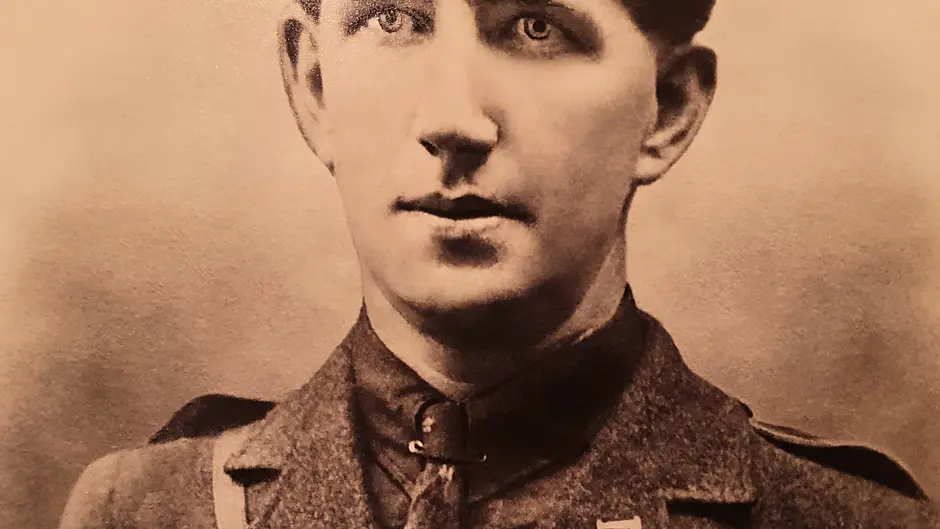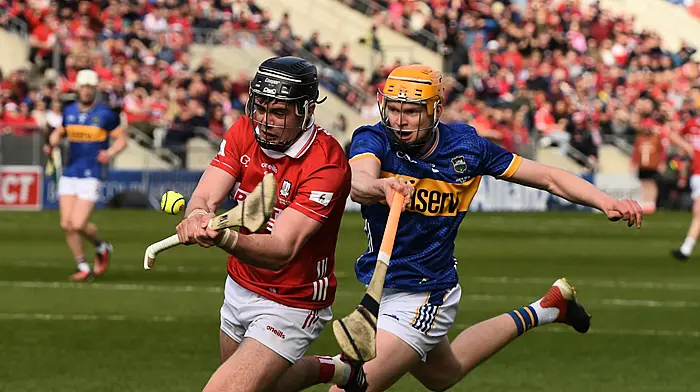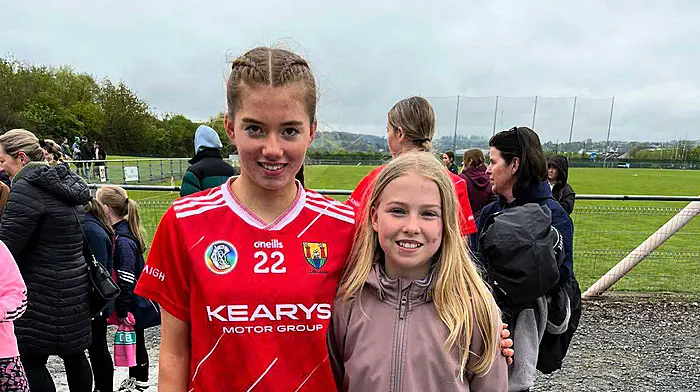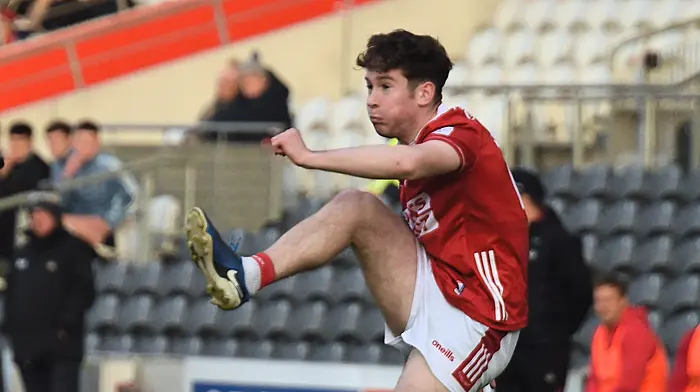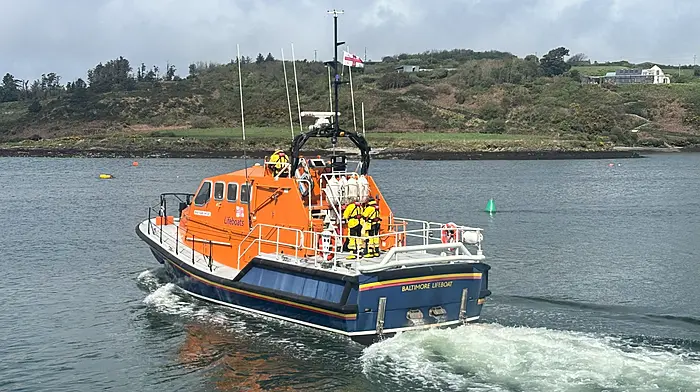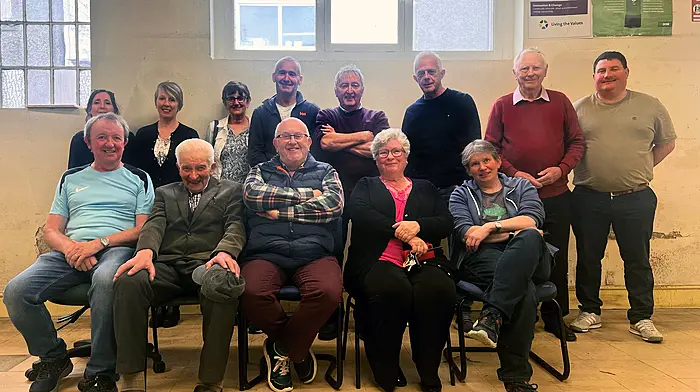ONE hundred years ago, on January 28th 1924, Pat Harte of Clonakilty, a hero of the local IRA and the War of Independence, died as a result of the horrific treatment he received when captured by the Essex Regiment near Bandon in July 1920.
Harte had survived for three and a half years with a shattered mind and body in various mental institutions following his torture that July.
Michael Collins took a special interest in Harte’s condition, before his own untimely death at Béal na mBláth, and was responsible for having him transferred to Cork mental hospital to be closer to his relations. It was there he died in January 1924, only 31 years old.
Clonakilty GAA Club will honour the centenary of his death on Sunday because Harte was one of the most prominent players in the club during the historic decade of the 1910s.
Born in 1892 at the Island, Inchydoney, he spent most of his young life living with an uncle, Tim Downey, at Clogheen Cross, Clonakilty. Attending the local national school, he came under the influence of headmaster John Crowley, a true Gael and a founder member of the Clonakilty GAA Club. From then on Harte became deeply involved in the club, becoming one of its most prominent hurlers. He also played football and was a member of the first Clonakilty team to win a county title, beating William O’Brien’s of Cork in the intermediate football final in 1913. At that time, the Clonakilty club was not just a match-playing organisation but also held Gaelic concerts, feiseanna and sports meetings. Deeply immersed in the club, these activities greatly influenced the young Harte as regards the movement towards a free, Gaelic Ireland.
In 1913, the Cork Bandon and South Coast Railway presented two magnificent shields, football and hurling, to be played for among the clubs of West Cork. Harte was a prominent player on both Clon teams and there was great rejoicing when Clonakilty won both shields, beating Kilbrittain in the hurling final and Bantry in the football. The shields are still in the possession of the Clonakilty club, a direct connection with Pat Harte. Among Harte’s fellow players on those teams were John ‘Flyer’ Nyhan, Liam Ahern, Stephen O’Neill and Seán Cash O’Donovan, who all went on to play prominent parts in the upcoming War of Independence.
The jersey that Harte wore from 1917 onwards can now be seen in the Clonakilty museum and thereby hangs an interesting story that would have involved Harte. When Clon were winning titles in 1913-1914, their colour was white with a green sash – the colours of Irish leader John Redmond. Many of the older club officers were supporters of Redmond but it seems the players were of a different mind. Following the 1916 Rising, a move was made by the new Sinn Fein element in the club to change the club colours to green and gold, the colours of William O’Brien. After many stormy meetings, which Harte no doubt attended, an agreement was made to change to neutral green and red, the colours the club still wear today. It is believed the new colours were first worn in 1917 and that Harte’s jersey in the museum is the only surviving jersey from the original set.
The first branch of the Irish Volunteers was set up in Clonakilty in July, 1914, and thus began Harte’s first political involvement as he was elected to the committee. The GAA was to become a breeding ground for the Volunteers and, no doubt, Harte used his influence on the teams to recruit members for the movement. There are very few reported matches from 1918 onwards but Harte continued his hurling career, winning a West Cork junior medal in 1919. By then he had risen through the ranks of the Volunteers and was appointed Quartermaster of the Clonakilty Battalion of the IRA.
The 3rd West Cork Brigade was formed in January, 1919, and following an IRA training camp in Glandore in August, along with Flyer Nyhan and Stephen O’Neill, he was appointed by Michael Collins as Quartermaster of the West Cork Brigade. It was an onerous task as he was responsible for the provision of arms, munitions, food, clothes and shelter for men who were constantly on the move and on the run.
Harte was also a man of action and took part in a number of engagements against the crown forces, including ambushes near Leap and Dunmanway. The arrival of the Black and Tans, the Auxies and the infamous Essex regiment, under Major Percival, in 1920 brought a new reign of terror, torture and murder to West Cork. Unfortunately for Pat Harte, his time was running out and in July, 1920, the Essex Regiment scored a significant victory with the capture of Tom Hales, the Brigade’s commanding officer, and Pat Harte, the Quartermaster, at Laragh near Bandon. They were taken to Bandon Military Barracks where they were both brutally tortured, including being stood up to be shot. Hales survived and recovered to give the horrific details of their treatment at a later date but Harte never recovered mentally or physically from his ordeal. He spent the next three and a half years, firstly in prison and then in mental institutions.
Pat Harte was buried with full military honours in the Downey grave in Darrara cemetery, with many of his former comrades, who had taken different sides in the Civil War, setting aside their differences to pay honour to their former team-mate and comrade in arms. It was reported in The Southern Star that the town of Clonakilty was closed down for the day and almost the entire population made their way to Darrara cemetery.
At 1pm on Sunday, 28th, Clonakilty GAA Club will lead a parade from the church gates in Darrara to Harte’s grave where wreaths, in the Clonakilty and Irish colours, will be laid. An oration will be given by historian Michael O’Mahony of Clonakilty, a member of the Clonakilty club. His aunt, Nellie May Downey, was the last person to be buried in that plot in 2004 and ironically, she was a niece of Dick Barrett, who succeeded Harte as Quartermaster of the 3rd West Cork Brigade in July 1920, and who also paid the supreme price for love of his country.

